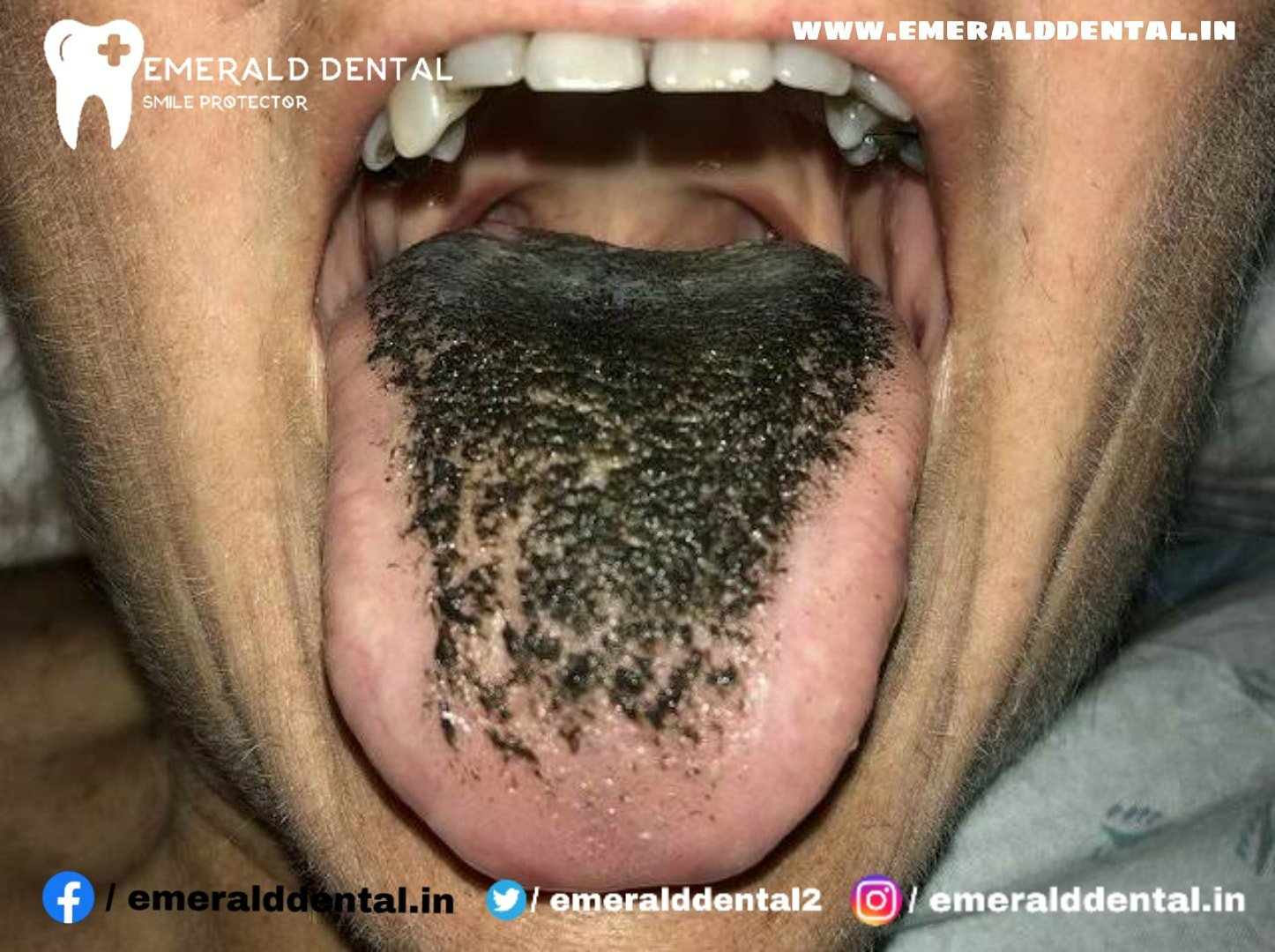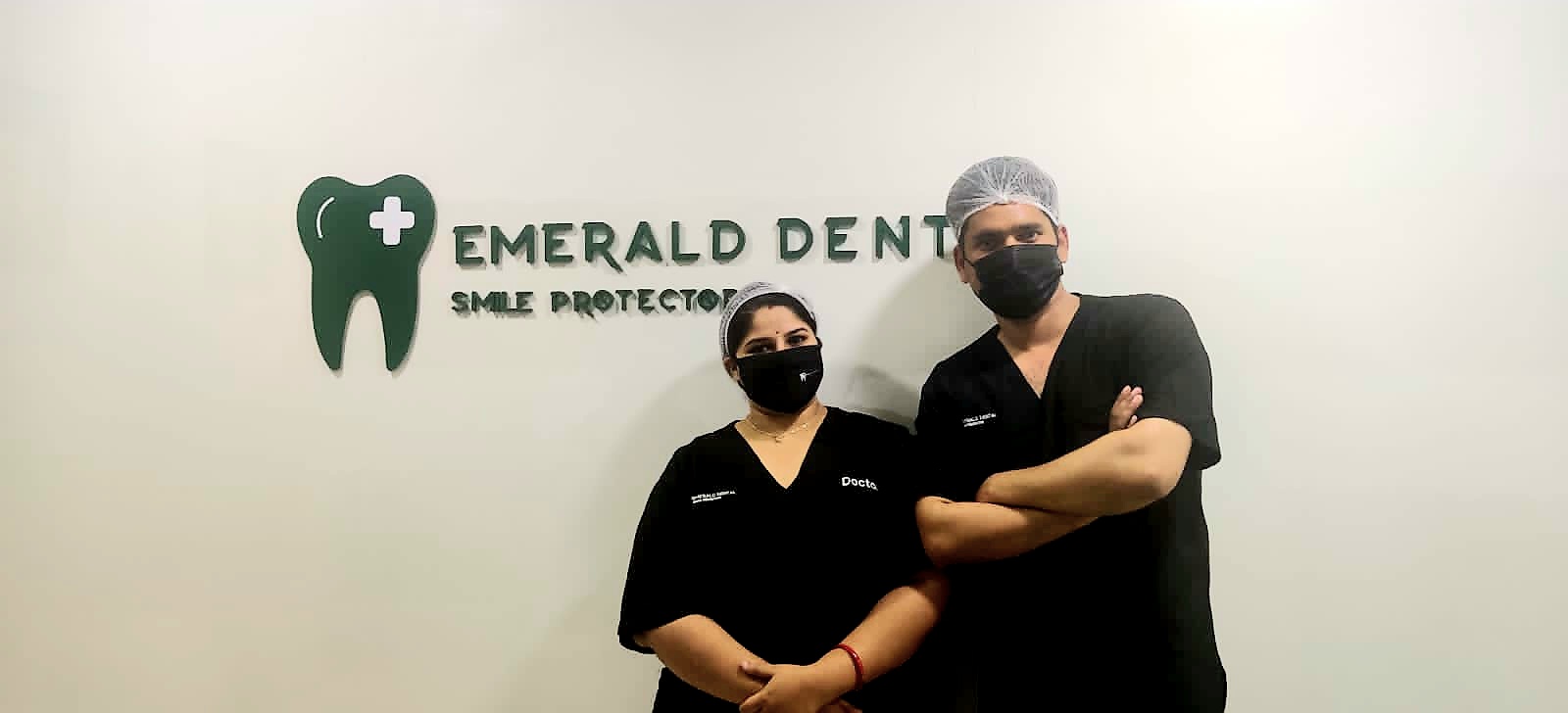
The term hairy tongue is used to describe an abnormal coating on the top (dorsal) surface of the tongue. It is a relatively common, temporary, and harmless condition that occurs in as much as 13% of the population.
Hairy tongue can occur at any age but is more frequent in older age. It is found more commonly in males than females and equally among races. In hairy tongue there is defective shedding of the tongue’s covering tissue. Normally the tongue is covered with conical shaped projections referred to as filiform papillae. Usually these papillae are approximately 1 millimeter in length.
Hairy tongue occurs due to lack of stimulation / abrasion to the top of the tongue. The result is a buildup of a protein known as keratin (the same protein that makes up the hair on your head). In severe cases, the length of these papillae can become quite long, giving a hair-like appearance to the top of the tongue (see Below and Right). Also, when the papillae don’t properly shed, food, bacteria, and sometimes yeast can accumulate in the hair-like mesh. These accumulations result in various colors to the surface of the tongue. Hairy tongue may appear brown, white, green, or pink, depending upon the specific cause and other factors, such as mouthwashes or even candy. Certain types of bacteria and yeast can even give the tongue a black appearance, referred to as “black hairy tongue”.
What causes hairy tongue?
A: It can occur from poor oral hygiene (mouth cleaning), the use of medications, chronic or extensive use of antibiotics, radiation treatment to the head and neck area, excessive coffee or tea drinking, or tobacco use. It may also develop in persons with no teeth because their soft food diet does not aid in the normal shedding of the papillae.
Q: Does hairy tongue hurt?
A: There are usually no symptoms but occasionally there is a burning sensation on the tongue associated with the bacteria or yeast accumulations. Individuals with hairy tongue may also complain of gagging or a tickling sensation in the soft palate (roof) of the mouth during swallowing. Halitosis (bad breath) or abnormal taste may be present due to the taste buds (papillae) holding onto debris in the mouth.
www.emeralddental.in
EmeraldDental #Hairytounge #Teethwhiteing #dentalabscess #Crownsandbridges #doctorsblog #periodontist #periodontal #smileprotector #kidsdentalcare #SmileOn
safetyfirstalways #Covid19India
Doctors #Medical #Smile #Perodontics #Orthodontics #DentalAnatomy #family #Pedodontics #Prosthodontic #oralPathology #oralmedicine #sensitive #dentalradiology #Endodontics #kids #smiledesigning #teeths



